Cosmic Architecture in India
Synopsis
The observatories built in the eighteenth century by the Indian Maharaja Jai Singh II of Jaipur (1686-1743) are little understood wonders of architecture and science. Occasionally discovered by tourists the observatories are monuments to an extraordinary man whose passion for mapping the skies was unique in India. Situated in Delhi, Jaipur, Benares, Ujjain and Mathura, these buildings show no similarities with contemporary Mogul architecture – indeed their simple geometrical forms inspired Le Cor-busier in his designs for Chandigarh. So what was the real significance of these observatories? In a fascinating investigation Andreas Volwahsen reveals how Hindu priests and mystics as well as Indian mandala theory were the main influences on Jai Singh’s architectural project. Rather than the accurate measurement of the heavens – for which the observatories were in any case useless – the Maharaja’s aim was to create a representation of his own earthly powers, and ultimately display his own superior knowledge. Fully illustrated with colour photographs, technical drawings and contextual illustrations this book is a major contribution to the understanding of these mysterious buildings and to the history of astronomical science. Written in an accessible style it will also be of interest to the general reader and to visitors to the sites in India. Andreas Volwahsen wrote his PhD on Jai Singh’s observatories and in doing so prepared the first complete survey of all the instruments. He recently returned to the topic in order to present Jai Singh’s architecture as an outstanding example of man’s continuing effort to understand and represent the rules of the universe.
Read more
125.10
112.59
$
139.00 $
Free delivery Wolrdwidе in 10-18 days
Ships in 2-4 days from New Delhi
Membership for 1 Year $35.00
Get it now and save 10%
Get it now and save 10%
BECOME A MEMBER
Books by the same author

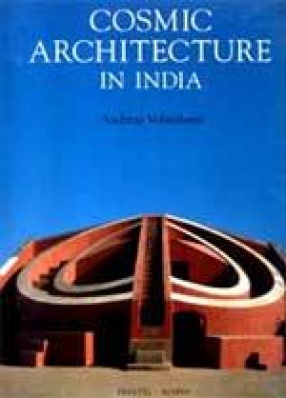
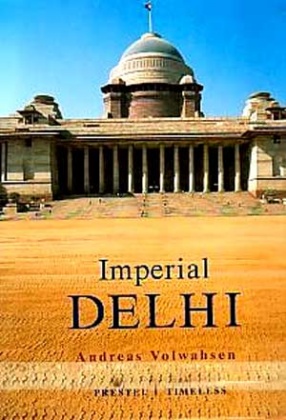
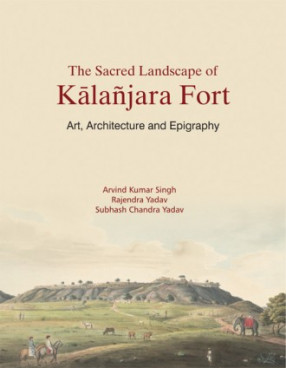
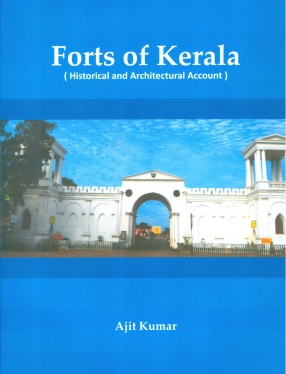

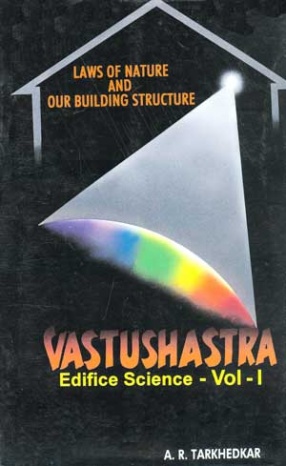

Bibliographic information